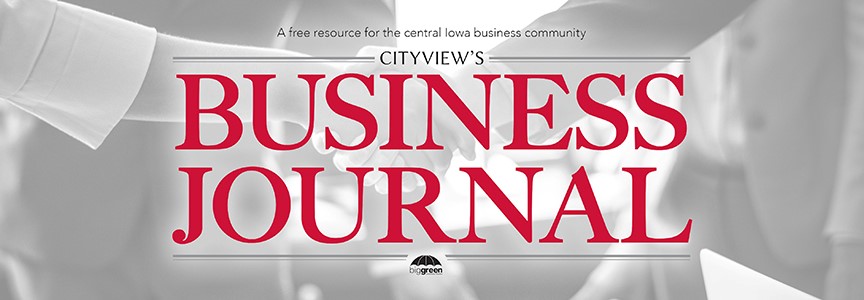By Patrick Boberg
Like it or not, social media has turned the business-to-consumer transaction into a relationship. The world seemed so simple before Twitter ushered in the era of real-time public complaints. When a customer had an issue, he or she called a company directly and aired the grievance. Now with a twiddle of thumbs, the whole world reads about your businesses failures, and communications managers are forced to live in a nearly 24/7 crisis management mode. This is the new normal, and it is not going to change anytime soon. As a business owner, you have two options: 1) let your company be a victim of the real-time digital world, or 2) engage.
Twitter is the contemporary water cooler, but instead of conversations being held in the break room, gossip is being spilled in public. If your company is not actively managing your reputation in this public arena, you can be in serious trouble. Whether you’re commercial, industrial, business-to-business, private or public sector, someone is discussing your products and services on Twitter. The time for the conservative “wait and see” approach has passed.
Granted the community on Twitter is smaller than Facebook, YouTube, Snapchat, Instagram and even Google Plus, but none of those outlets is as real-time and headline grabbing. Maybe your company doesn’t have the budget to hire a full-time social media manager or the resources to advertise on all the social networks, but that doesn’t mean you can’t be listening for chatter pertinent to your business.
The big knock on Twitter has always been the barrier to entry. Once a user has an account, what should he or she post? Who is viewing? Is Twitter the vainest tool on the Internet? The answer to these questions is irrelevant. Once you have established an official account for your business, the real power of Twitter is market research. People may have a quarrel with you, and you can react quickly to restore consumer faith, but you can also search to see what potential customers want out of products and services similar to yours. Before you know it, you have gathered free market research without spending a single dime.
The danger comes in becoming comfortable and posting something unprofessional or damaging to your brand. The best way to stay above board with your tweets is to engage compassionately with customers and deliver company-approved messaging. Twitter can be a powerful customer recruitment tool, but it is also a live microphone and can be dangerous. Anything you tweet is seen as an official company stance, for better or worse.
Patrick Boberg is a central Iowa creative media specialist. Follow him on Twitter @PatBoBomb.


Leave a Reply